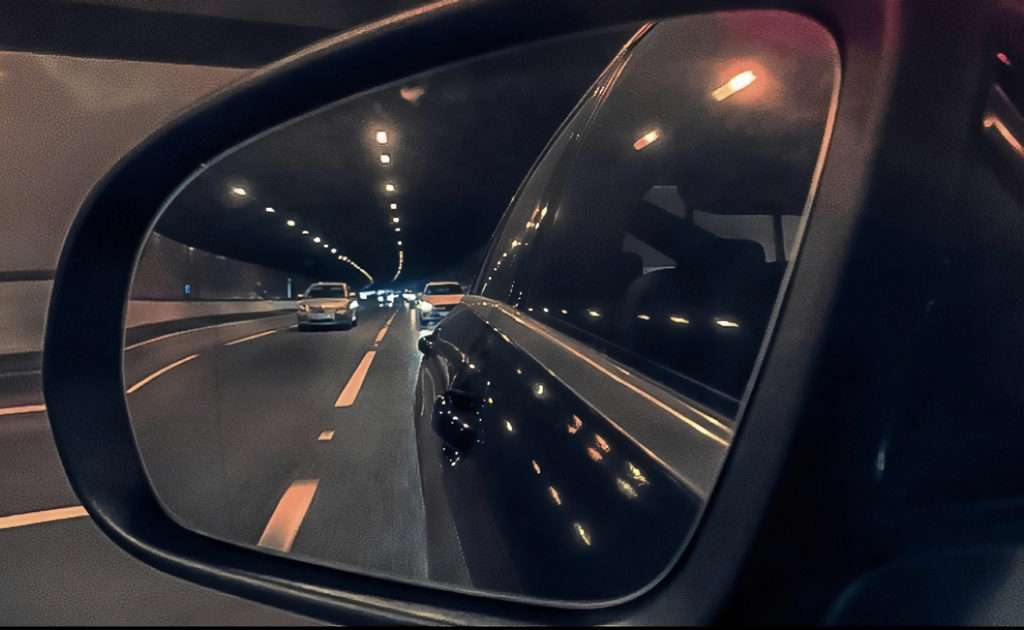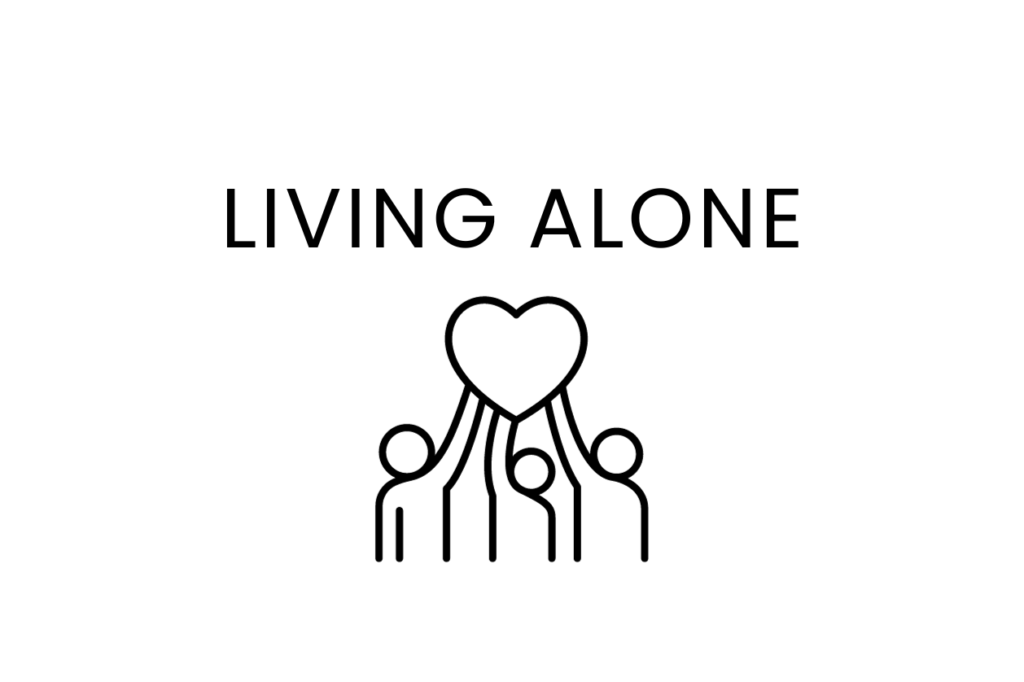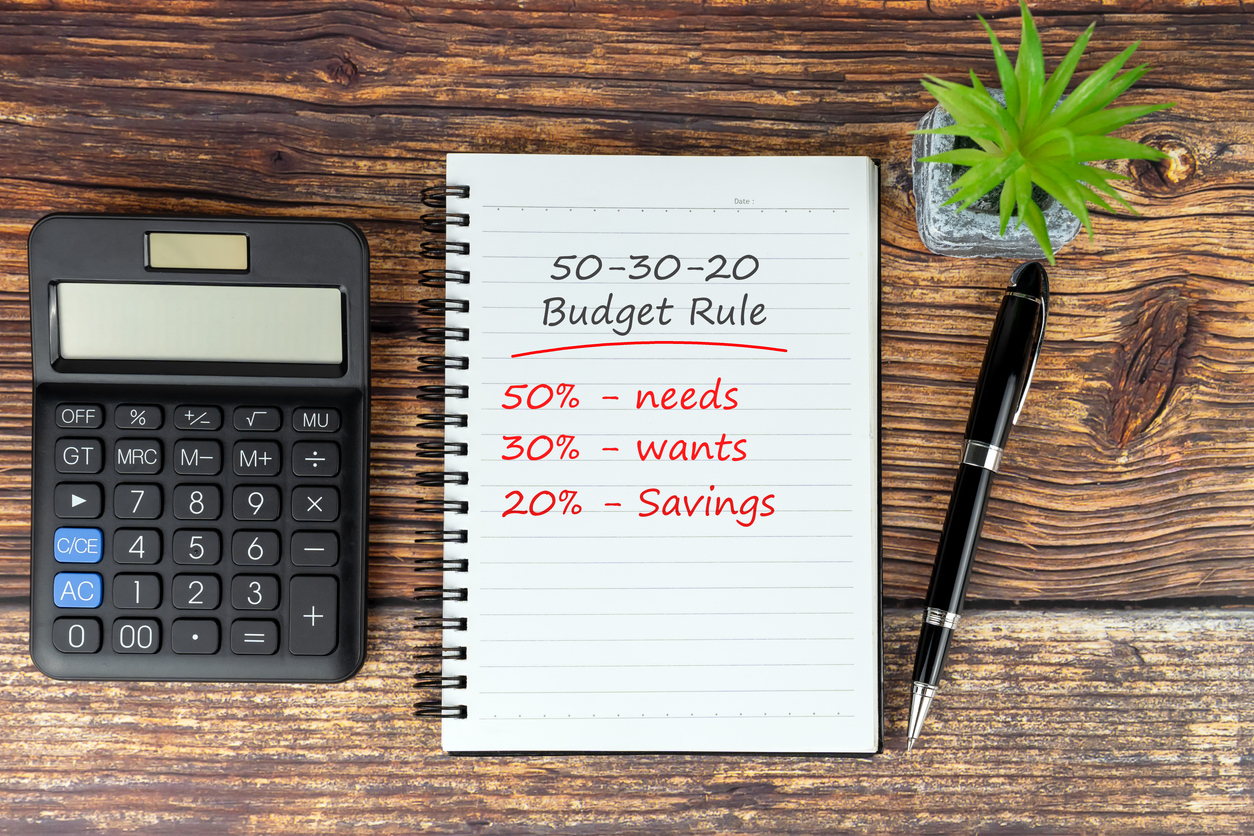Claire shares some precautions worth taking before driving at night. With 40% of all collisions on UK roads occurring during darkness, it’s clear that driving at night poses a high risk of accidents. Night-time driving typically involves reduced visibility due to unlit or poorly lit roads, and there’s often increased glare on windscreens due to bright street lamps, particularly during wet weather. Many people also find that modern vehicle headlights are dazzling, which can impact their vision at night.
Driving At Night: Precautions You Should Take
Sustainable Living| 19th December 2022 by Claire Britcher
Claire, from our friends at CompareTheMarket.com, shares some precautions worth taking before driving at night.

Claire, from our friends at CompareTheMarket.com, shares some precautions worth taking before driving at night.
With 40% of all collisions on UK roads occurring during darkness, it’s clear that driving at night poses a high risk of accidents. Night-time driving typically involves reduced visibility due to unlit or poorly lit roads, and there’s often increased glare on windscreens due to bright street lamps, particularly during wet weather. Many people also find that modern vehicle headlights are dazzling, which can impact their vision at night.
There’s also fatigue to consider when making long journeys or when driving after a long and busy day. If you regularly drive solo at night or you have a solo road trip ahead of you, be sure to take the following precautions to stay safe.
1. Stock your car with safety essentials
Your car should always be stocked with some basic essentials to keep you safe if you get stranded or face adverse conditions. A spare tyre and a jack can help you get back on the road in the event of a flat. De-icer and an ice-scraper ensure you can clear all windows of ice when driving in freezing conditions.
In terms of comfort, a blanket, a warm, waterproof jacket, and a high-visibility vest can help you stay warm, dry and visible if you have to pull over in the event of an accident or breakdown. A torch is vital for helping you check under the bonnet or reach safety at night. A portable mobile phone charger is also very useful to ensure you can keep in touch with emergency services, vehicle recovery services or family and friends. Bottled water and non-perishable snacks are also really handy in case you find yourself stranded or delayed.
2. Take frequent breaks
Tiredness is a huge cause of road accidents, so it’s vital you break up long journeys at night with frequent stops. If you feel tired, take a nap or find somewhere to stay for the night and resume your journey in the morning. Even if you don’t feel sleepy, taking mental breaks and getting some fresh air is important to keep you feeling alert. A good rule of thumb is to take a break of at least 15 minutes every two hours and to avoid driving for more than nine hours in one day.
3. Tell a trusted friend or family member about your planned journey
Let at least one person know when you’re headed out on a car journey, particularly at night. This means that if something goes wrong along the way and you cannot contact anyone for help, someone will raise the alarm and know where to look for you when you don’t arrive at your destination as expected.
If you’re planning a very long road trip, go over your route with someone in detail and provide them with an itinerary of your planned stops. You should then check in with them on a regular basis to let them know of your progress. Location-sharing apps can be a handy way for friends and family to check on you when you take long drives.
4. Learn and practise basic car maintenance procedures
Having a good grip on basic car maintenance procedures will allow you to keep your car as safe as possible for night-time driving. It will also help you get back on the road quickly in case of a breakdown. You should check the following on a regular basis and always before setting off on a long journey:
- Lights, including indicators, brake lights and fog lights
- Brakes
- Tyre pressure, tread and condition
- Engine oil level
- Screenwash level
- Radiator fluid level
- Fuel level
As for basic repairs, it can be helpful to know how to change a flat tyre so you can get back on the road quickly at night. You should know how to replace a headlight or taillight since these can easily be picked up from fuel stations if you notice they’re out.
Finally, learning how to jumpstart a car can be handy if your battery dies. However, remember to be cautious about asking a stranger for help when travelling alone. If it’s not possible to call a trusted friend or family member to jumpstart your car, call a reputable roadside recovery service for help rather than asking a stranger.
5. Don’t stop for hitchhikers or stranded vehicles
While it may be tempting to help someone in need, inviting a stranger into your vehicle when travelling alone can be dangerous. It’s especially risky at night when there are fewer people around and cars on the roads to flag down for help if you need it.
It can also be dangerous to pull over at the side of the road to help someone whose vehicle has broken down. Instead, keep driving until you reach a well-lit area and dial emergency services to inform them that the person might need help. You should also avoid telling strangers that you’re travelling alone as this can mark you as a vulnerable target and put you at risk of being followed.
6. Check your emotional state before you set off
53% of people report that their driving behaviour changes when they’re stressed or angry. Many people drive more aggressively and take more risks when in a heightened emotional state. This means they are more likely to exceed the speed limit, accelerate and brake more harshly, and are more likely to overtake and tailgate other drivers. If you’re feeling stressed, angry, or otherwise highly emotional when driving at night, it’s important to pull over, cool down with controlled breathing exercises and drive only when you feel calm.
Plan ahead and take risks seriously
No matter how experienced or confident you are in driving at night; you still face safety risks when heading out in the car in the dark. Be sure to plan your night-time journeys carefully and take potential risks seriously to minimise your risk of harm.
Share this post:
Hear from Solo Living now and then by signing up to our mailing list





















